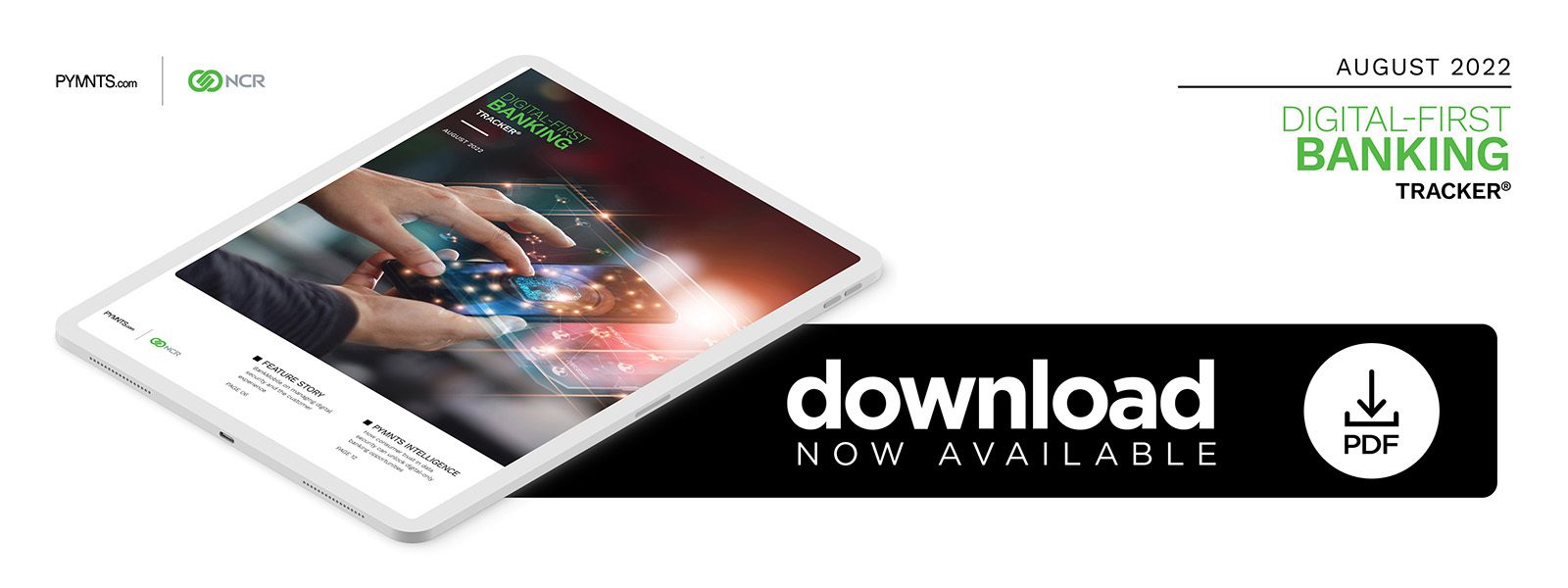BM Technologies on Managing Digital Security and the Customer Experience

While 50% of consumers avoid digital-only FIs due to security concerns, BM Technologies CTO Jamie Donahue tells PYMNTS that digital-first institutions actually have a home-field advantage when it comes to fighting digital fraud, and digital-only banks should take notice.
Regardless of where they operate in the space, modern financial services companies need to be able to leverage data and leading-edge technology to deliver more with less, according to Jamie Donahue, chief technology officer at banking-as-a-service (BaaS) provider BM Technologies (BMTX).
While digital-native firms, from crypto exchanges to digital banks, have transformed the financial world in this regard, even the most digitally adept firms contend with sophisticated online criminals exploiting the same technology to perpetrate identity theft, launder money and commit a number of financial crimes.
Many tools are available to firms for creating a secure environment, from automation and multifactor authentication to biometric monitoring. At the same time, firms must balance security against minimizing friction in the customer experience. Even then, some friction can actually help with customer satisfaction, as friction represents the visible side of security.
Keeping the Customer Satisfied
“The main challenge at BMTX is the constant balance of creating the most secure environment while maintaining a frictionless experience to build trust with our clients,” Donahue said. “If you overrotate, the experience can become clunky and hinder adoption.”
BMTX’s response to that challenge starts with the user experience, he said. When working on security solutions, the company’s teams work backward from how customers will experience a security implementation. “[This approach is] longer, but we believe it’s worth the effort in the end,” Donahue said.
Technology also helps, and Donahue said that BMTX employs artificial intelligence (AI), machine learning (ML) and automation to create a layered strategy that ensures the platform as a whole is secure. That does not just mean secure authentication procedures: AI and ML play a critical role in fraud monitoring, bringing capabilities that human interaction cannot match.
“Our deployment of these technologies has accelerated our time to market and improved operational resiliency,” he said. “We have found that AI and ML are extremely powerful when used synergistically to solve efficiencies in our operations.”
A Universal Challenge
While digital-native financial services companies may be at the forefront of many innovations in data security and digital fraud prevention, they are at no greater risk than traditional financial institutions (FIs), Donahue said. As a result, any public perception of traditional FIs having an advantage in the data security space is misguided.
“Traditional brick-and-mortar institutions have many digital vectors they service their clients and partners through,” he said. “The financial services industry is digital, even for the ‘non-FinTech’ players.”
As a result, financial services companies such as BMTX can have an advantage against some security threats. Digital threats are top-of-mind for such companies and have been from the day they turned the lights on. Unlike brick-and-mortar institutions, they are not learning to address threats in a new environment but are instead adapting to evolving threats in their native space.
Seeking Out the Best Solutions
While BMTX has the digital DNA that comes from its foundation as a cloud-based BaaS provider, not every technology it uses is developed in-house, Donahue said. The focus for BMTX is on finding and employing the best solution available, whether that means it is a BMTX solution or something purchased from another company. That also means creating and adopting the best application programming interfaces (APIs) for a given need.
“We believe that success in the new digital age in financial services will be highly dependent upon two factors: our ability to integrate and embed our functionality into other ecosystems, [and ensuring] our platform is able to seamlessly integrate with partners to bring a wide breadth of services to our clients.”
Working well with others does not mean just other businesses, either. Donahue said that good relationships with regulators can help financial services companies stay on top of the latest concerns and developments, and regulators can be a great source of information.
Whether it comes to working with partners, customers or regulators, financial services companies need to be aware of developments in their space as well as open to collaboration that improves their end products.
“If you want to go fast, go alone. If you want to go far, go together,” Donahue concluded.

